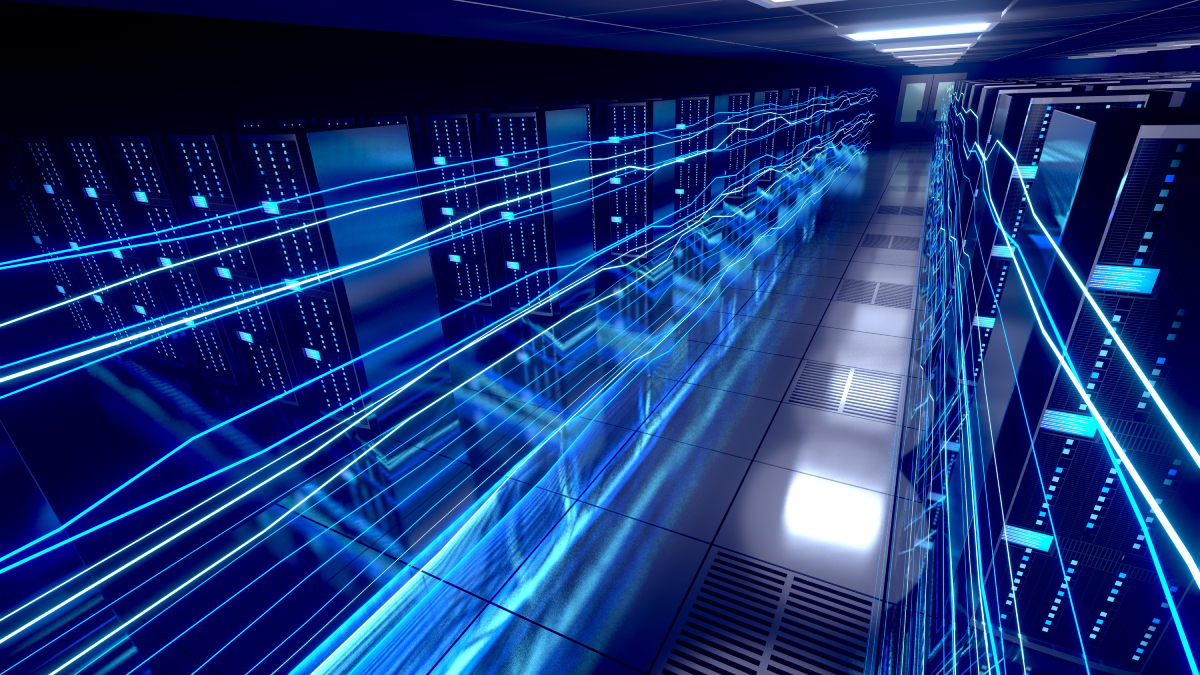Data centres have become the infrastructure basis for digital transformation globally. At both ends of the spectrum – from hyperscalers with their ability to deliver enormous computing power and high efficiency, to micro data centres positioned to provide real-time applications and data access at the edge – these facilities are proliferating.
But as the world settles into the hybrid working pattern that is the legacy of the pandemic, the consequences of data centre expansion and increased dependence on data processing to fulfil both remote and on-site digital requirements are being sharply felt. According to IEA statistics, global data centre use in 2021 was 220-230 TWh, approximately 0.9-1.3% of global final electricity demand. While the global figure shows moderate growth, in countries with expanding data centre markets, the consumption of electricity in these facilities is tripling year on year.
Energy efficiency, therefore, has been rapidly pushed up the agenda at data centres, vying for top position alongside reliability, resiliency and security. To address the issue, data centres are working hard to become more energy efficient using recycled materials, reclaimed water, and, as we saw recently, even capturing their own heat to warm swimming pools. Energy sources are coming from wind, biomass, tidal, geothermal and solar to assist with cooling and heating, but there are other routes that data centres can take to save energy without compromising on performance.
Swapping out hot, power-hungry hard drives
One area that is now coming under sustainability scrutiny is the use of hard drives. Thousands and thousands of hard drives being used for storage in data centres contribute to high power consumption, primarily because they are usually in continuous operation. Many organisations are still relying on classic Hard Disk Drives (HDDs) which have been in use for decades. Advocates of this technology extended the popularity of HDDs over their more modern SSD counterparts by stressing their data capacity – and therefore price-performance ratio – but the dominance of the HDD is in decline.
There are good reasons for this; HDDs are more prone to physical wear and tear. SATA SSDs use the same interface as HDDs and offer better performance in both sequential as well as random read and write type of workloads. This makes SATA SSDs a great upgrade solution to give a boost to existing hardware/servers using HDDs.
The latest generation of SSDs using the NVMe (Non-Volatile Memory Express) communication protocol and PCIe interface bring the storage performance to another level. A single PCIe Gen3x4 NVMe SSD delivers the same sequential and random IOPS performance as five SATA SSD (such as DC500M). Therefore, a smaller quantity of NVMe SSDs is needed to deliver the same performance of multiple HDDs and SATA SSDs allowing data centres to save on the overall power consumption.
NVMe has transformed the data storage environment. Due to the massive performance gain over SATA drives, the adoption rate of NVMe technology SSDs keeps increasing year over year. The latest innovations in the data storage domain are being developed around NVMe SSDs (new PCIe interface, new form factor) and not SATA drives.
More storage, less power
For data centres, the ability to increase storage capacity whilst at the same time realising greater energy efficiency and lower latency is the ultimate sustainability goal.
There is no doubt that data centres will be looking to increase their storage estate in the future and the best option will be to consider sustainable options that provide them with more for less. It’s no longer acceptable to focus just on traditional considerations such as speed and storage capacity. Today’s data centre operator must also look closely at the environmental impact of the storage solutions they choose. The data centre industry must proactively demonstrate its commitment to reducing its considerable carbon footprint in response not just to customer demands but to progressively rigorous industry standards too.
Building in the deployment of SSD hard drives as part of an energy-efficient, tiered storage approach to optimising costs and energy usage in data centres is a win-win for customers and the environment. It also enables IT leaders to satisfy growing stakeholder demands for a sustainable approach to data storage and management.

